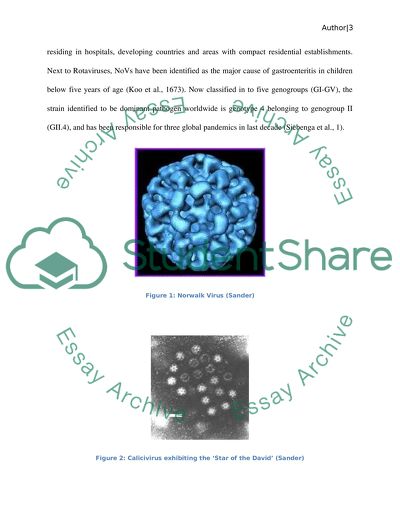Cite this document
(“Biology paper : Virology - Analysis of a published research paper Essay”, n.d.)
Biology paper : Virology - Analysis of a published research paper Essay. Retrieved from https://studentshare.org/miscellaneous/1591375-biology-paper-virology-analysis-of-a-published-research-paper
Biology paper : Virology - Analysis of a published research paper Essay. Retrieved from https://studentshare.org/miscellaneous/1591375-biology-paper-virology-analysis-of-a-published-research-paper
(Biology Paper : Virology - Analysis of a Published Research Paper Essay)
Biology Paper : Virology - Analysis of a Published Research Paper Essay. https://studentshare.org/miscellaneous/1591375-biology-paper-virology-analysis-of-a-published-research-paper.
Biology Paper : Virology - Analysis of a Published Research Paper Essay. https://studentshare.org/miscellaneous/1591375-biology-paper-virology-analysis-of-a-published-research-paper.
“Biology Paper : Virology - Analysis of a Published Research Paper Essay”, n.d. https://studentshare.org/miscellaneous/1591375-biology-paper-virology-analysis-of-a-published-research-paper.


